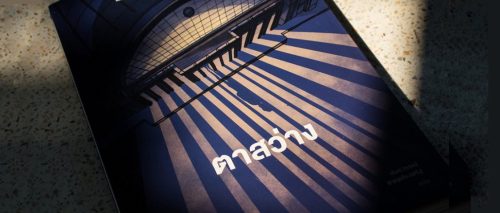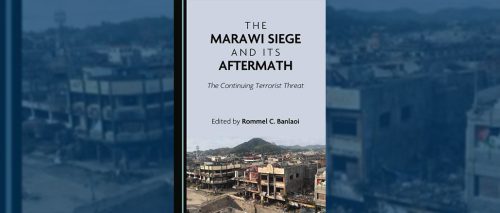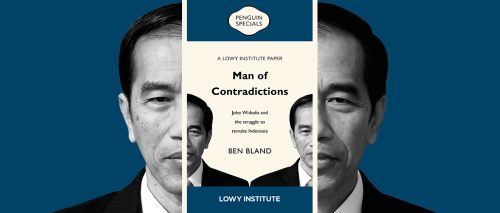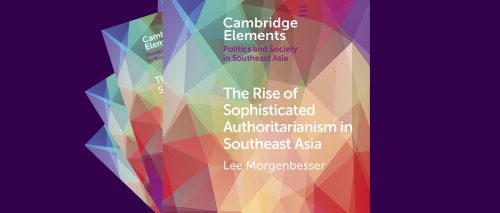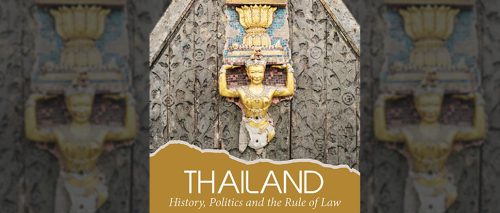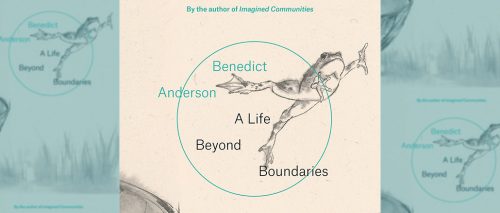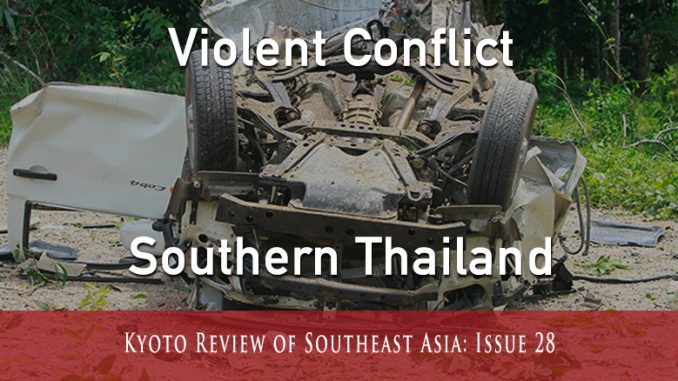
The Thai or Siamese kingdom has always understood itself as a homogeneous imagined national community, in which the Siamese in the Center of Ayutthaya and Bangkok have gradually expanded to the frontiers in the North, Northeast and the South and have, in the rulers understanding, civilising the wild and barbarian peoples living at the edge of the nation. Peoples living in Southern Thailand were divided between Buddhists in upper Southern Thailand until Songkhla, while Muslims tended to dominate the lower part of Southern Thailand, beginning in Pattani. The city of Nakhorn Sri Thammarat used to be the central military garrison, from which the Siamese kingdom expanded towards the lower South, only to be stopped by the British. In Southern Thailand, the Thai Buddhist civilisation met with the Malay Muslim civilisation in the Malay peninsula, marginalising the indigenous people from the coastal regions and the islands, living in the maritime worlds of the oceans. In the lower South, Malay Muslim local elites have been disempowered by the expanding Thai state and Malay identity has been negated. Resistance on the part of the Malay Muslim intellectuals has been violently suppressed, resulting in a low-intensity insurgency and warfare, leaving thousands of people dead. The Malays in Southern Thailand remain marginal and poor and are subjected to structural and everyday discrimination in all Thai institutions, including elementary schools. Malays are bi-lingual and continue to speak a Malay dialect of Southern Thailand as well as standard Thai.
The uneasy and uncompleted integration has been well described by Anusorn Unno in his ethnography of the violent transformation of the lower South: In a state ceremony, aiming to develop a patriotic identification with the Thai kingdom, the Thai Malay villagers , in light of a positive paradigm of subjectification, negotiate the domination of the Thai state by subjecting themselves to the King´s sovereignty: They commit a small spelling mistake by writing “We love Mr. King” on the ceremonial tray, which may have been interpreted either as a marker of their underdeveloped literacy in Thai language or misinterpreted as an intended disrespect to the highly-revered Thai monarch. Lacking integration and poor social mobility completed a sense of identity crisis, in which only Islamic identity has been allowed to proliferate. The local middle class has identified itself as Thai, Malay and Muslim, a complex hybrid identity, based on multiple identities, characterised by tensions. Simply, it was not possible to be Malay, and Malay identity had no right of existence. Malay people in the villages often had little future perspectives and often felt beleaguered by security forces and police, by a discriminating state, by the distress of cultural pollution.
The long-lasting rebellion in the South has mingled with criminality in the black market (drugs, weapons) and has transformed the lower South into a no-go area identified with danger, has propelled migration of Thai Buddhists towards the upper South and Central Thailand, has put Malay and Buddhist villagers in very vulnerable situations and has stifled a mixed culture, characterised by Southern Thai art forms and ritual exchange, blending Thai, Malay ethnic and religious elements and ancestral cosmologies.
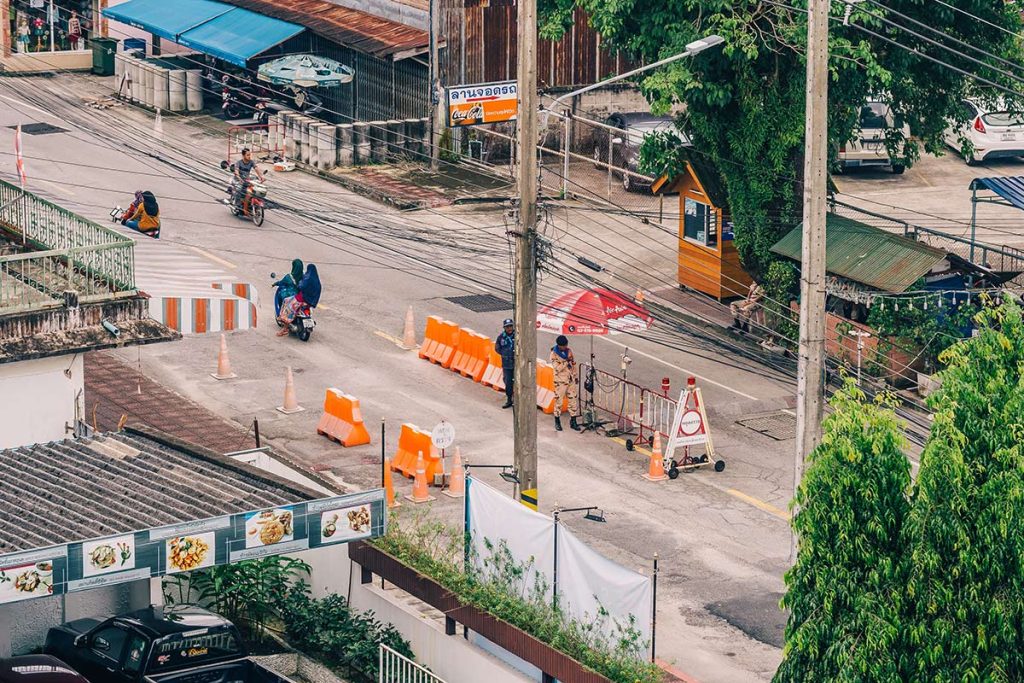
The conflict has aggravated since 2004, as the heavy-handed policies of Thaksin Shinawatra have angered the Malays, who have been mobilised by the newly organised BRN. BRN embarrassed a heavily armed Thai military by decentralised hit-and-run tactics, organising in small and mobile platoons. The BRN was largely invisible and did not put forward any claims or vision. Instead, it focused on terror on Thais – civil and military alike – to make the lower South inhabitable. Civil society, albeit weak, developed against all odds and the Thai Malay Muslim elites integrated best by joining political parties in the capital city. Relatively little is known of the Thai South, with many of academics specialising in the North. This special issue sheds spotlight on interesting dimensions of the current political and cultural transformation in the South: The difficult peace process at the negotiation table, the cultural crisis and conflict-stridden coexistence of Thai Buddhists and Malay Muslims, and the alliances of the Thai Malay local elites from the lower South with major politicians from different regions of Thailand.
The contribution by Gerard McDermott highlights the inefficiency of the MARA negotiations, which resulted primarily from not involving the dominating actor of the insurgency- the BRN. The inefficiency was also spurred by the lack of willingness on the part of the Thai military junta to invite a third party as well as the BRN’s decreasing bargaining power when it came to the negotiation table as well as by spoilers who wanted to fight on the ground. This is followed by insider Don Pathan who takes off where McDermott ended. The military junta’s inclusivity strategy failed to recognise that not all Patani Malay movements were created equal. In addition, the more the military junta squeezed the BRN’s ruling council, the more the BRN’s combatants staged violence in retaliation. The peace process is also complicated by competitions among foreign facilitators and moderators.
While the peace process faced several obstacles, to solve violent conflict by parliamentary politics remains gloomy. A political scientist Duncan McCargo analyses the political behavior of the Thai Malay local elites and their navigation with Thai politicians and with their network parties. Thai Malay politicians did not find an easy place with either the Democrat party or the opposition parties. An exception to the rule was Wan Nor who excelled under the patronage of Chaovalit and Thaksin, rose as speaker of parliament, but then fell together with his sponsors. Although the 2019 Election is the first time all elected MPs in the region are Malay Muslims, Malay ethnicity and Islam are by no means decisive factors. It has a lot to do with the country’s political conflict and old-time politicians’ pragmaticism and election campaigns.
The remaining two pieces take a different track, offering local insights on the political and cultural crisis. Alisa Hasamoh has written a report for UNICEF on the wounds of traumatised children. Her insightful contribution provides valuable data on civil society in the lower South. The piece of Samak Kosem is unique in the sense that Samak gives voice to queer sexual identities, using the creativity and narrative of a young artist and scholar in conjunction with nonhuman ethnography. He compares queer women and men to non-human (sheep, ghost, wave) in order to illustrate the painful circumstances which queer people endure in the Malay Muslim world. As their sexual identity is not accepted, they also escape to Bangkok to join the queer community. They are thus doubly marginalised: In Thai society and by their own community. Queer people also question the myth of a homogenous Malay identity in the South. Samak also illustrates the agency of young queer who have their coming out and who leave the Islamic patriarchal structure of their parents and Islamic schools.
Guest Editors–
Alexander Horstmann
Adjunct Associate Professor
Department of Asian Studies
Tallinn University, Estonia
Anusorn Unno
Associate Professor
Faculty of Sociology and Anthropology
Thammasat University
Main Articles
Articles 1: Duncan McCargo
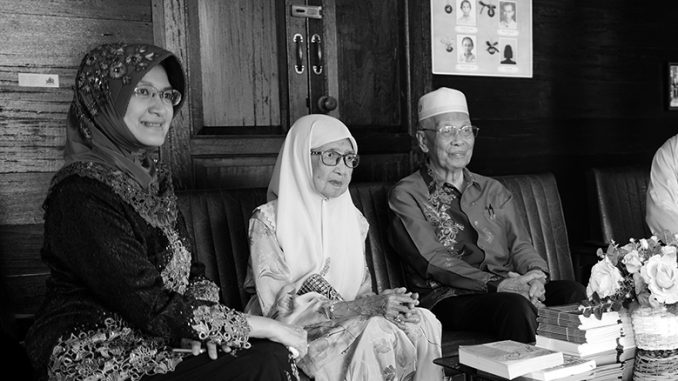
Articles 2: Don Pathan

Articles 3: Samak Kosem
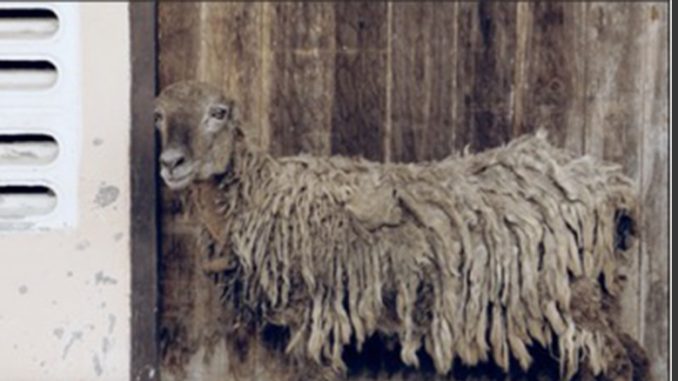
Antropologi Seni dan Narasi Non-manusia/Queer di Perbatasan Selatan
มานุษยวิทยาของศิลปะและเรื่องเล่าเกี่ยวกับอมนุษย์/เควียร์ในพื้นที่ชายแดนภาคใต้
南部国境におけるアートと人間以外の存在、あるいはクィアのナラティブの人類学
Nhân học Nghệ thuật và Các câu chuyện phi con người/Lệch pha ở Vùng biên phía Nam
Antropolohiya ng Sining at Naratibong Di-Tao/Queer sa Katimugang Hangganan
Articles 4: Gerard McDermott
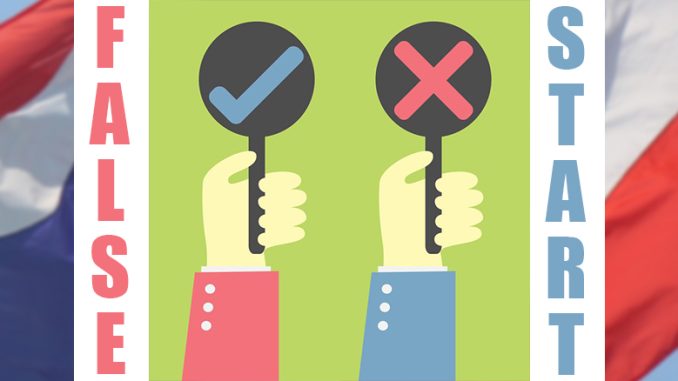
Yang Terakhir dalam Daftar langkah awal yang serba keliru? Prakarsa MARA untuk Thailand Selatan (2015-2019)
รายการสุดท้ายในบัญชีหางว่าวของการเริ่มต้นผิดพลาด? ความริเริ่มมาราปาตานีเพื่อแก้ปัญหาชายแดนภาคใต้ของประเทศไทย (2558-2562)
開始時点で失敗した最後の事例?タイ南部のMARAイニシアチブ(2015-2019)
Điều cuối cùng trong một danh sách những hoạt động sai lầm? Hoạt động của nhóm MARA vì Miền Nam Thái Lan (2015-2019)
Ang huli sa listahan ng mga huwad na simula? Ang Inisyatibang MARA Initiative para sa Timog Thailand (2015-2019)
Articles 5: Alisa Hasamoh

Masyarakat Sipil di Thailand Selatan dan Negara yang Lemah
ภาคประชาสังคมในสามจังหวัดชายแดนภาคใต้ของประเทศไทยกับรัฐอ่อนแอ
タイ深南部の市民社会と弱い国家
Xã hội dân sự ở Cực Nam Thái Lan và Nhà nước yếu kém
Ang Civil Society sa Malalim na Timog ng Thailand at ang Mahinang Estado
Book Reviews
|
|
|
|
|
|
|
|
|
|
|
|

